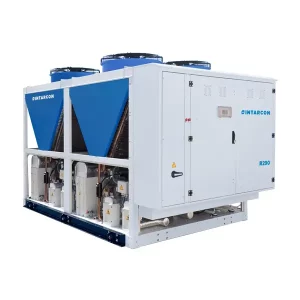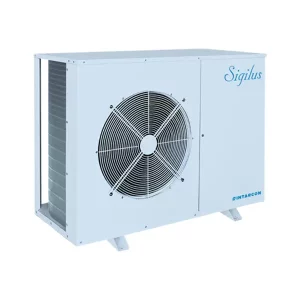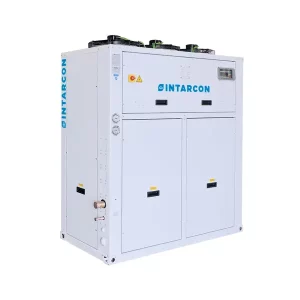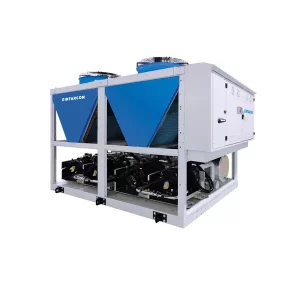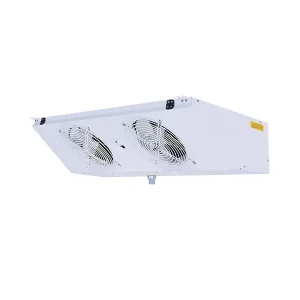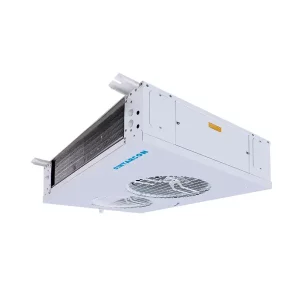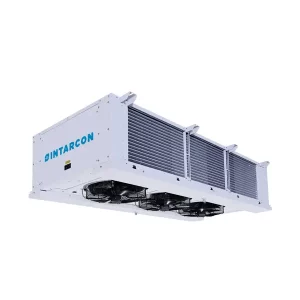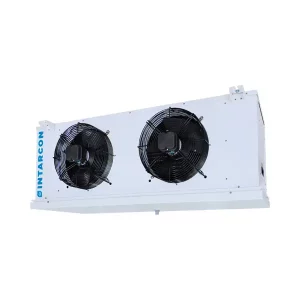-
R290 intarWatt
R290 chillers
Chillers in compact construction and outdoor installation of glycol, water or brine and a low R290 charge.Request technical advice
-
Double flow
Double air flow
Double air flow air coolers operating with glycol water for refrigeration at positive or negative temperature.Request technical advice
-
Industrial double-flow
Air-cooler
Industrial double-flow air-cooler, in a double-flow low-profile design, for operation with glycol water.Request technical advice
-
Cubic-type
Air-cooler
Cubic type air coolers operating with glycol water for refrigeration at positive or negative temperature.Request technical advice

